Photo



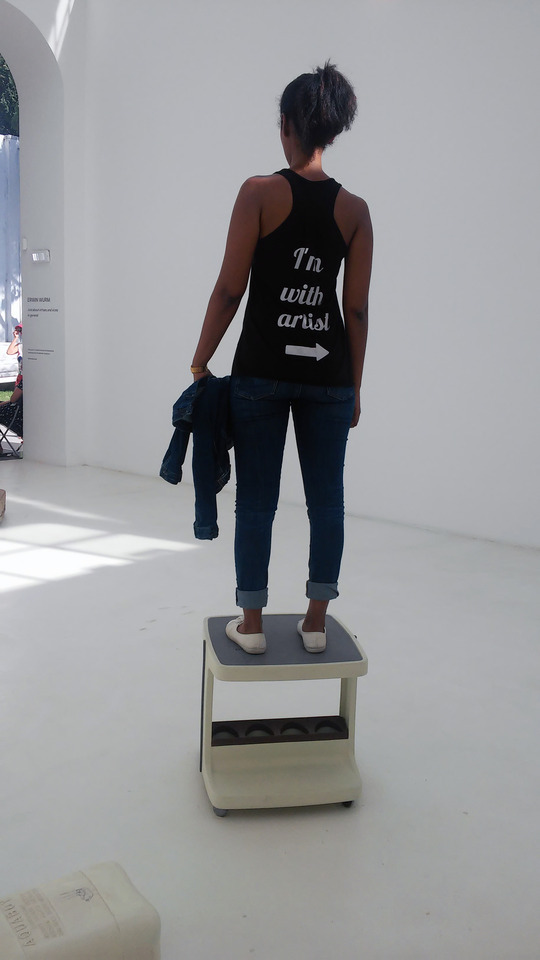

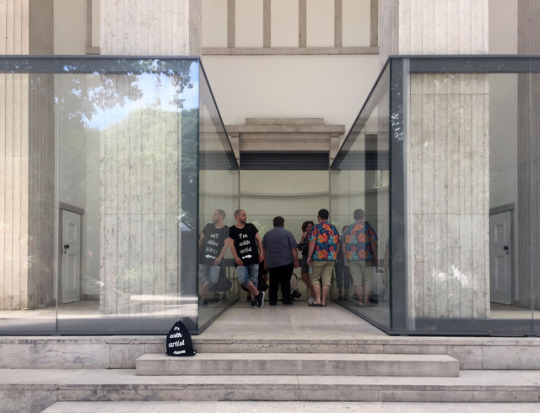
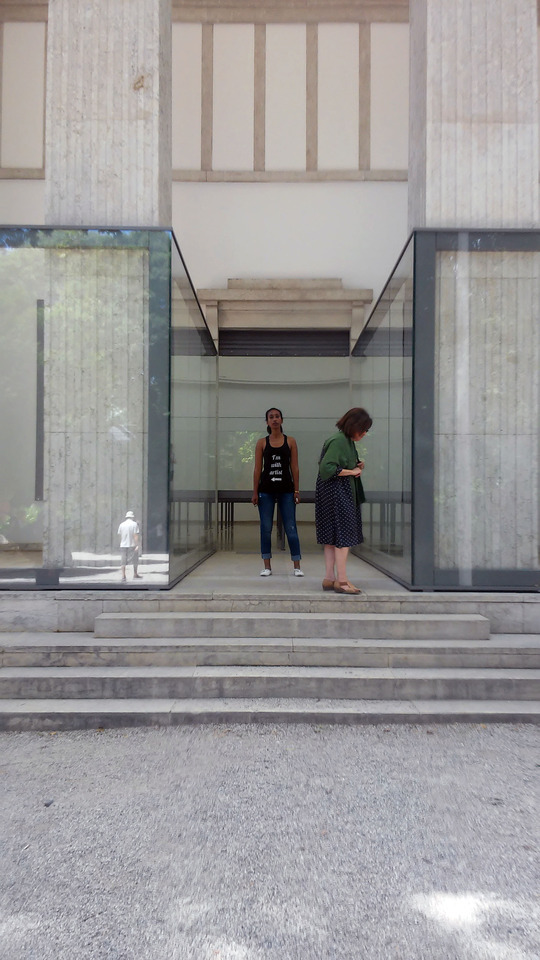
“I’m with artist”
performance in public, installation, photography series, digital-print, Venice Biennale 2017
1 note
·
View note
Photo
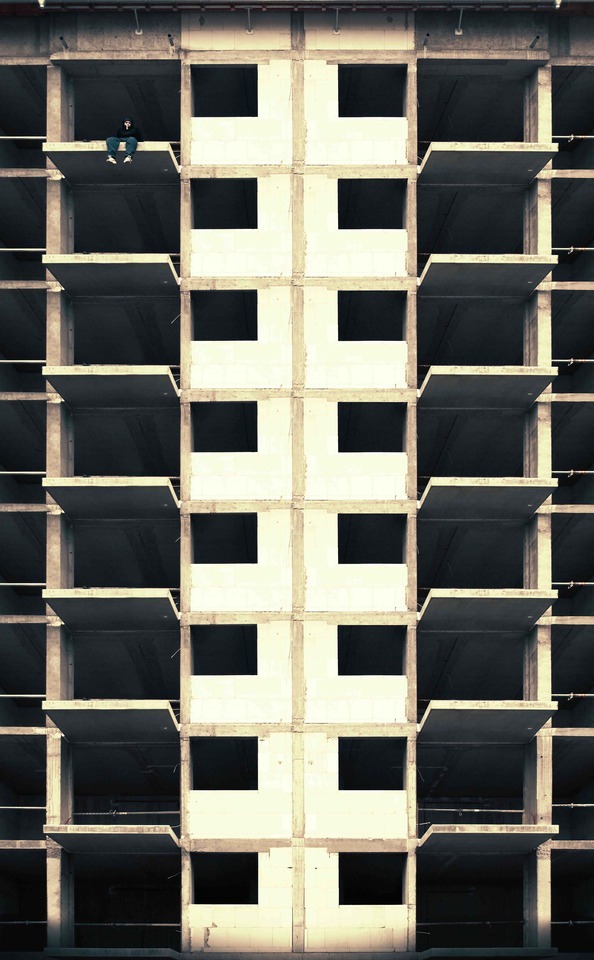
SOTR_OOO, SLEEPING_ON_THE_ROOFTOP , digital-print, 80*125cm, 2017
1 note
·
View note
Photo

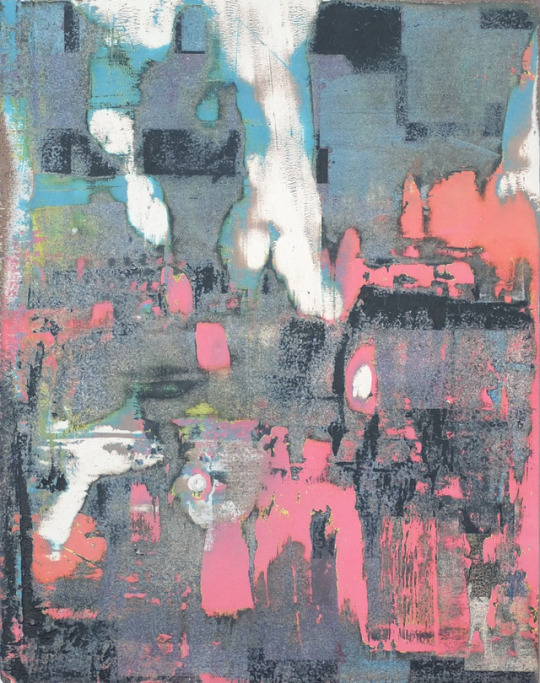
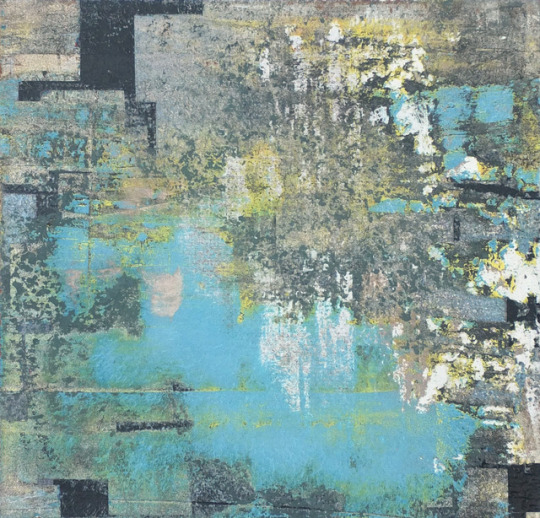
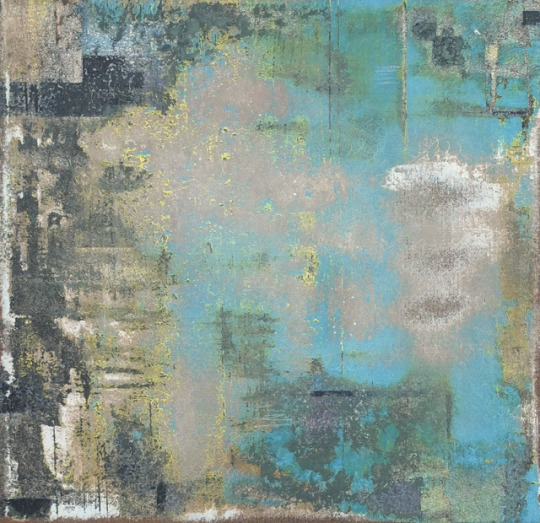
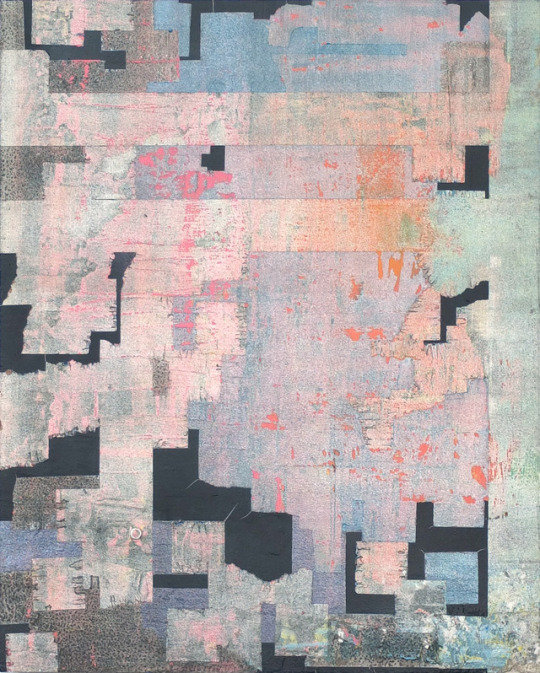
lung, photography, digital print, 80*125 cm, 2017
untitled, 2-component fillers, Plywood board, acrylic paint, spray can, painting series, 2014
2 notes
·
View notes
Photo

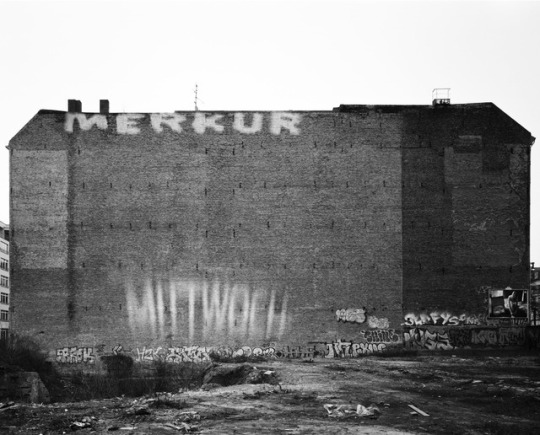


EXTINGUISH
concept, photography series, 2017 ongoing
2 notes
·
View notes
Photo
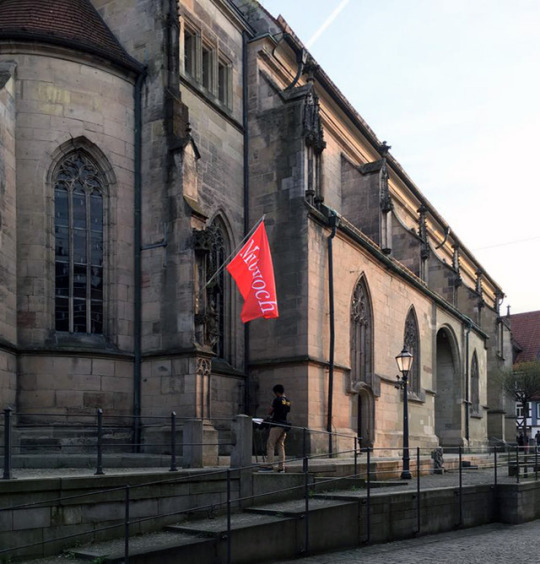
MITTWOCH
Sculpture in public, 300*300 cm, red flag, rod, 2016
“The work of fddoh, designed as a red flag, certainly belongs to the most difficult to interpret works of the project. You have to know a little about what the artist has been thinking about in order to follow the work „Mittwoch“. In the foreground is the medium of the flag, which actually has its place in secular places and buildings. Flags are primarily political messages, identity and affiliation, orientation and labeling. The fiery red thus gives the empty niche something of the waning dynamism of the political and revolutionary, which is also anchored in the history of Christianity, especially in the Reformation period and its effects, which are still effective today. The inscription “Mittwoch” (“Wednesday”), which appears at first completely utterly remote and arbitrary, explains the artist on the basis of the cultural development lines: Like all the days of the week, Wednesday was named after an ancient deity, Mercury, the god of commerce and communication, and for centuries has been of a deeper cultic and symbolic importance for mankind. The flag and inscription are not as profane as they are initially thought. In them, a very religious heritage is buried, wich - when it is unveiled and flutters in the familiar place - crosses through and questions Superficial conceptual patterns and visual habits. With a humorous wink, the sculpture places the confidant and the supposed stranger alike at the disposition. What is sacred to us according to which we live, what we orientate, what we gather together, and what we believe in; all this is often much more ambiguous and confused than we think and deeply interwoven in the shallows of our cultural origins. Thinking about himself and his own roots is the appeal that the artist ignites here with subtle remedies”.
Dr. Peter Schüz / 2017
1 note
·
View note
Photo

MITTWOCH
Sculpture in public, 300*300 cm, red flag, rod, 2016
“Mittwoch” eng. Wednesday explores the architectural-sculptural aspects of the church building in connection with art and examines the extent to which church history in its controversy can be a model or a stimulus for current social crises. I am interested in the question of the extent to which an allegedly “profane” day of the week, because of its historical origin, allows us to question the current perspectives.
The concept of revolution, which is the abrupt structural change usually brought about by force, is opposed to that of the Reformation. We are surrounded by historical knowledge, which is apparently no longer accessible, almost forgotten, and still determines our everyday life. A daily example in our globalized world is the seven-day week. The definition of a seven-day rhythm as well as the naming of the individual days can be traced back to the Babylonian week, which in turn builds on knowledge of the Sumerians.
The days of the week were named after the visible stars of the geocentric worldscape (sun, moon, Mars, Mercury, Jupiter, Venus, Saturn) and worshiped at the time of naming as gods themselves. These names as well as the divine faith were adopted by the Greeks and Romans. In the fourth century, the Germans also took over this system and replaced the Roman divine names with their own. In the course of Christianization, attempts were made at a later date to repress these pagan names, but this was achieved only in the German-speaking world on Wednesday (ger. Mittwoch) and Saturday (ger. Samstag). Wednesday, the day of Mercury (latin Mercury, french mercredi, italian mercoledì, spanish miércoles), which was equated with the Germanic god Wodan (Odin). Wednesday (nl. Woensdag), with the German Mittwoch returning to the Roman Catholic influence.
The flag is a symbol of community in the traditional sense. As a tribal or token, flags have been known in the Orient since ancient antiquity. There they serve as a point of reference for soldiers and troops in battle. Today, the flag is a distinctive identifyer that is particularly relevant to nations. In a time of growing nationalism and fanaticism throughout the world, national as well as religious symbols are very popular. Abuse of power in the form of a rejection of different wisdom and thinking was and is a feature of religious, political, national or social associations and ultimately serves the purpose of consolidation. Perhaps this is also anchored in social homophilia (“Birds of a feather flock together.), wich is a human trait. This trait looks at a rapidly developing society and the accompanying globalization. The media is not the only source to observe that communities show unity under leadership of a flag.
The principle of subsidiarity, inspired by the Reformation, offers the means of mediating between small groups, from families to clubs to large communities (such as the European Union). This principle fails when the ideology of a community is understood as doctrine. The view of black and white, which often arises during holistic explanatory experiments seems to be rooted within us and is brought into focus through the absurdity of indwelling in the Mittwoch flag.
Reformers such as Zwingli and Calvin rejected the images as idolatry, citing on the Ten Commandments. Their interpretation of the second commandment essentially describes the unavailability of God. They feared that the images would replace God. One could understand the use of the flag in a transcendental sense as “idol worship,” it symbolizes the multitude of secular things which are supposed to serve as faith mediators, but which, under the Reformation, thwart the opening to true faith. Here one can look at the history of art, be closely interwoven with biblical narratives and church construction, a connection that has almost completely been replaced by the art market in contemporary art.
1 note
·
View note
Photo
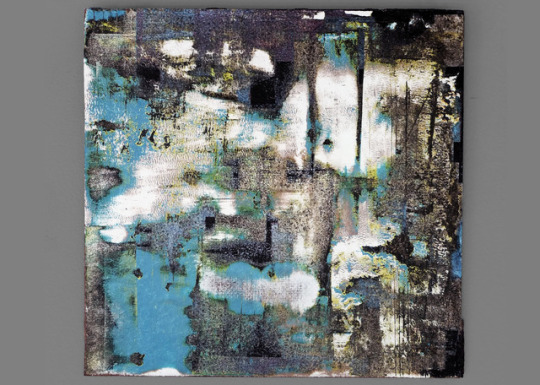
untitled / 2-component fillers, Plywood board, acrylic paint, spray can / painting / 25*25 cm / 2014
1 note
·
View note
Photo


“79kg_273m_asphalt”
2-component fillers, acrylic paint, spray can, Plywood board /
performance, painting / 198cm x 129cm / 2014 ongoing
The performance includes the direct grinding of the image on the road surface. This results in the characteristic wear and tear. The picture is coupled with a towing cable to a car and pulled over the asphalt, by my body weight as part of the surfing the wear is strengthened.
“The pictures by fddoh reject traditional methods in their production: Oil paint, canvas. On the other hand, he uses putties, varnishes, plywood boards. During the working process, a fast curing results in a time pressure, which excludes time-intensive composition or multiple reworking. The pictures are thrown into the world, dragged, pushed. Raw and roughly treated they experience their completion. Andreas Schmidt questions himself on the experience saturation of a centuries- old culture tradition. In his work he is looking for a way to direct social relevance.”
Christian Gögger, Esslingen am Neckar, 2015
2 notes
·
View notes
Photo

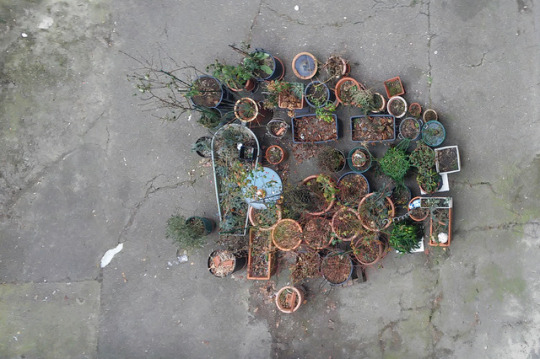
birds_of_a_feather / digital-print / photography / 160cm x 80cm / 2017
assortative mixing / digital-print / photography / 160cm x 106.5cm / 2016
The photograph was created in connection with the performance series "sleeping on the rooftop".
2 notes
·
View notes
Photo
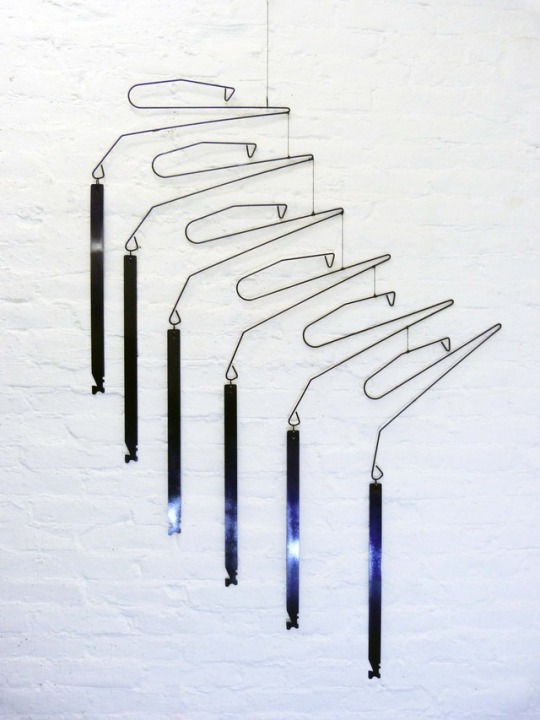
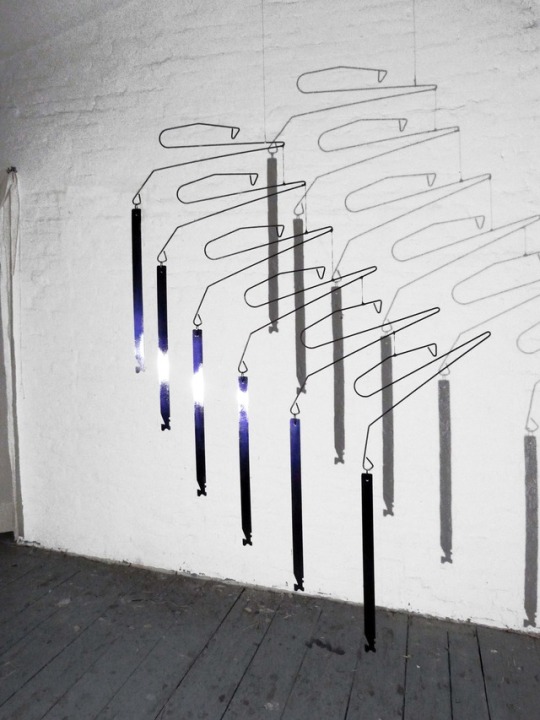
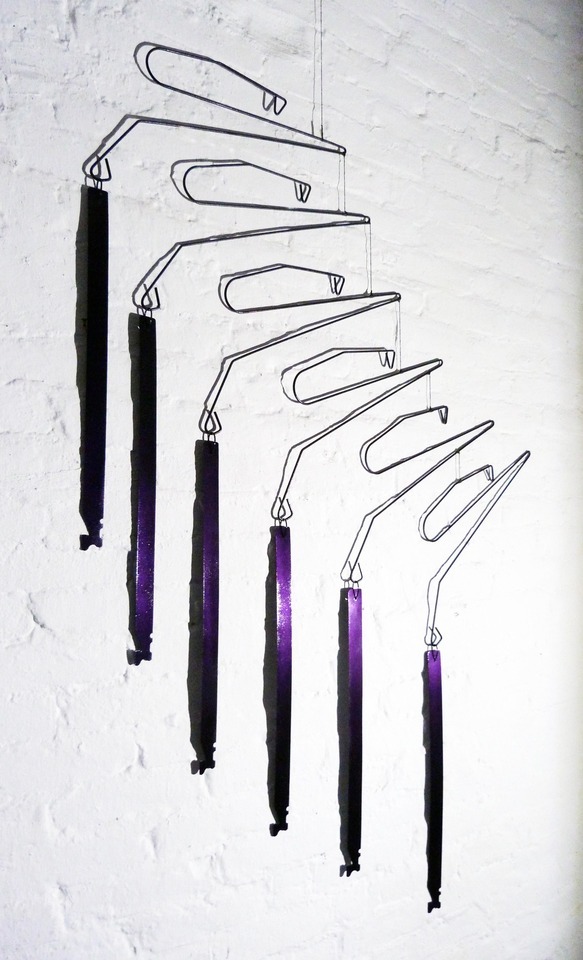
SHARING_IS_CARING
sculpture/mobile, 150*100 cm, car opening tools, car lacquer, 2017
#fddoh#kukunst#sharingisloving#sharingisgood#sharingiscaring#contemporaryart#artwork#art#sculpture#mobile
2 notes
·
View notes
Photo
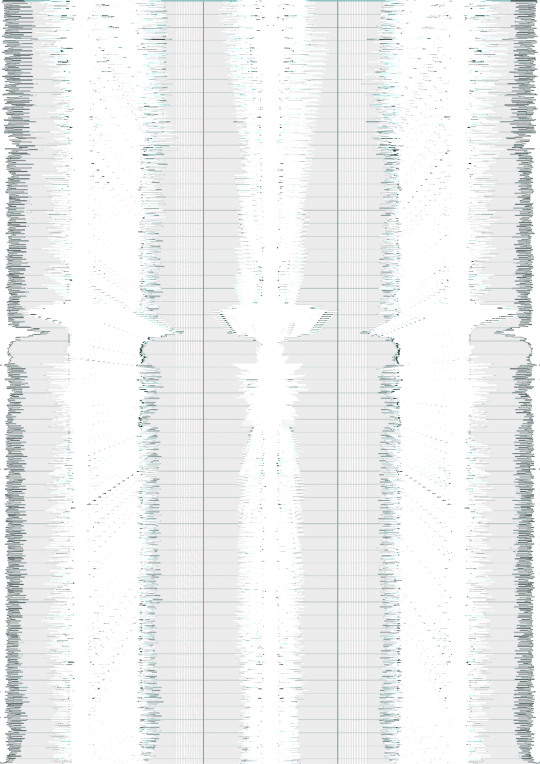
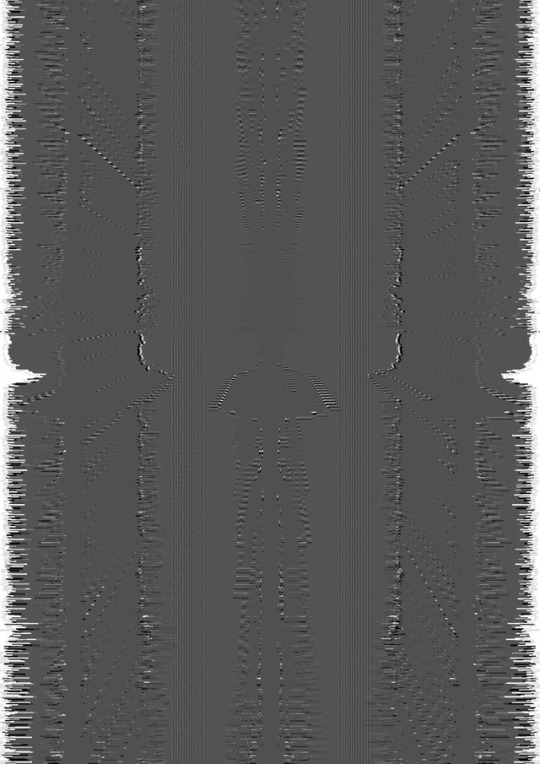
MORTALITY
Musical composition, audio, Digital graphic series, digital-print, 2015/16 ongoing
The Mortality project is a musical composition based on mortality rates. Twenty-three different mortality rates are used as the basis for the composition. A metronome was generated from each mortality rate. In the form of global mortality, this results in a rhythm with an interval length of 0.562 seconds.
By superimposing the 23 metronomes, a chaotic pattern of rhythms evokes the sound of a geiger counter.
listening example:
https://soundcloud.com/fddoh/sample
In my discussion with the sound scheme, it is my interest to produce an audible breakdown of the 23 overlapping metronomes. The condition was both the preservation of all occurring signals as well as a musical access to the topic and the origin of the intervals. The base for this is laid by a marching drum as known from processions or parades. This makes it possible to use all signals as part of the drum vortex without exception. The basic mood of the piece moves between resistance and acceptance. The rhythmic misalignment of all soundtracks is constantly pressing on and still acts as a harmony-enhancing constant.
listening example:
https://soundcloud.com/fddoh/mortality-1
Based on the image of the composition oscillation, a digital graphics series has emerged. The minimalistic structure of the individual graphics takes up the aspects of the music piece in their static appearance and simultaneous tornness, translating it into a visual form.
My thought is not founded on the fear of one’s own transience, but rather on the awe of our lives. The cycle of life appears monstrous and is hardly imaginable for the individual. Therefore I selected the 23 mortality rates witch are of cause based on my approach to generate a rhythmic pattern that should be seen as an excerpt of the inconceivable mass of individual fates. Nevertheless, we try to give a tangible figure with statistical surveys of the multitude of events, but only the abstraction remains for something we want to understand as a whole. At this point I want to investigate the interaction between our rational and emotional perception. Can emotions function as a tool, to gain access to rational thoughts without being stopped by their incomprehensible figure (The inconceivably of individual transience or even more abstracted in mortality rates.)?
1 note
·
View note
Photo
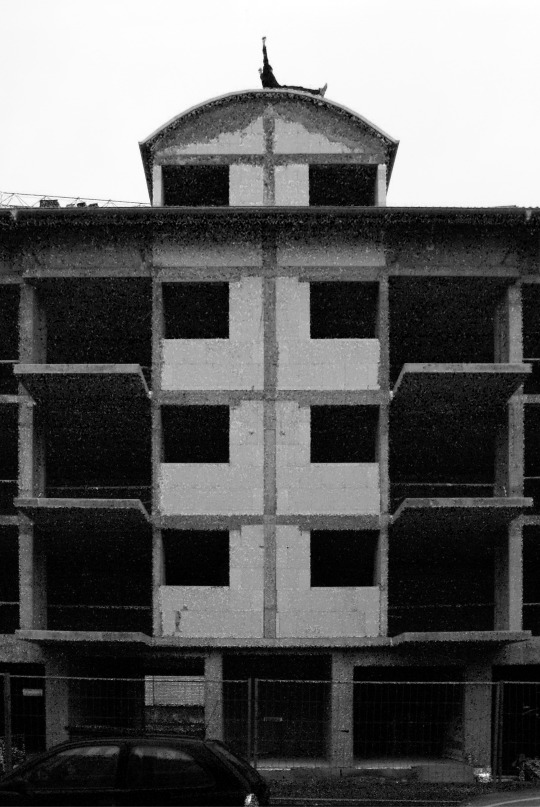
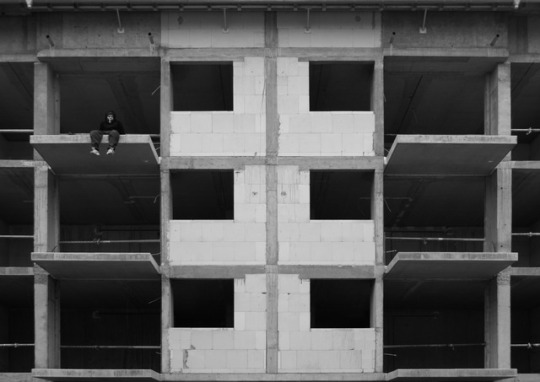
SLEEPING_ON_THE_ROOFTOP performance in public, video, photography series, digital-print, various roofs, various construction sites, 2010 ongoing
lean back lean back lean back lean back lean back lean back lean back lean back lean back lean back lean back lean back lean back lean back lean back lean back lean back lean back lean back lean back lean back lean back lean back lean back lean back lean back lean back lean back lean back lean back lean back lean back lean back lean back lean back lean back lean back lean back lean back lean back lean back lean back lean back lean back lean back lean back lean back lean back lean back lean back lean back lean back lean back lean back lean back lean back lean back lean back lean back lean back lean back lean back lean back lean back lean back lean back lean back lean back lean back lean back lean back lean back lean back lean back lean back lean back lean back lean back lean back lean back lean back lean back lean back lean back lean back lean back lean back lean back lean back lean back lean back lean back lean back lean back lean back lean back lean back lean back lean back lean back lean back lean back lean back lean back lean back lean back lean back lean back lean back lean back lean back lean back lean back lean back lean back lean back lean back lean back lean back lean back lean back lean back lean back lean back lean back lean back lean back lean back lean back lean back lean back lean back lean back lean back lean back
1 note
·
View note
Photo
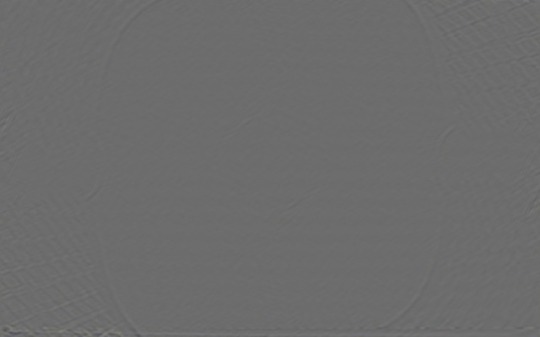


SQUARE_DANCE / 90 * 140 cm/ digital graphic series / digital-print / 2016
1 note
·
View note
Photo

MAKE_UP /21 * 29,7cm/ digital graphic series / digital-print / 2016 ongoing
The digital collage consists of an online researched image which was automatically edited by a Selfie-app installed on my smartphone. Except for the selection of the military drone and the title as well as the dimensions of the digital print, no further influence was taken.
1 note
·
View note
Photo
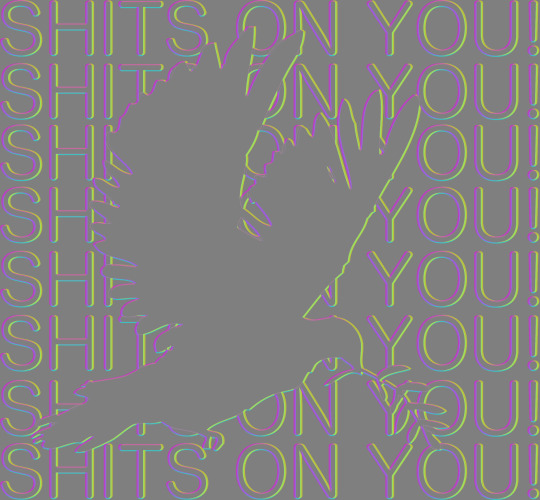
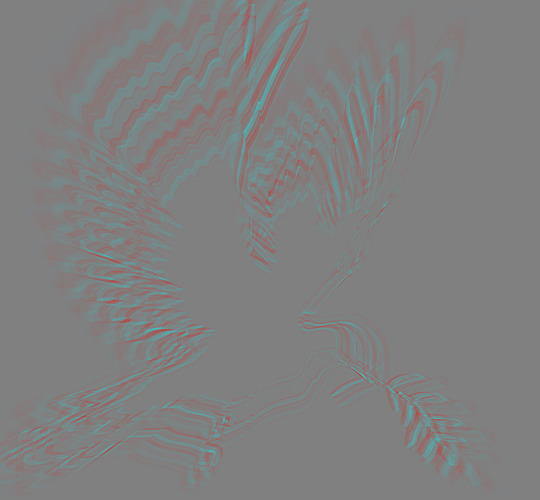

TRANS_SPECIES / 150*150cm / digital graphic series / digital-print
2016 ongoing
“I love fools' experiments. I am always making them”. Charles Darwin/Quote
Trans-species psychology is the field of psychology that states that humans and nonhuman animals share commonalities in cognition (thinking) and emotions (feelings). It was established by Gay A. Bradshaw, American ecologist and psychologist.[1]
Trans-species psychology, often referred to as a "science of sentience," argues that existing scientific evidence points to a common model of brain, mind, and behavior for humans and nonhuman animals.[1] Bradshaw claims the theory and data from neuroscience, ethology, and psychology, both current and dating back through the evolutionary biology research of Charles Darwin in the mid-1800s, shows that evolution conserves brain and mind across species.[2][3] Humans and other animals share a common capacity to think, feel, and experience themselves and their lives. Some animals have demonstrated the ability to experience empathy, culture, self-awareness, consciousness, psychological trauma, mourning rituals, and complex communication abilities.[4][5][6][7][8]
The knowledge that nonhuman animals have the ability to think and feel in complex ways has also brought the understanding of their capacity to experience psychological trauma and suffering. Trans-species psychology seeks to prevent and treat trauma in all animals through increased scientific understanding.[1]
The prefix trans is a Latin noun meaning "across" or "beyond", and it is used to describe the comparability of brain, mind, and behavior across animal species. In an interview, G.A. Bradshaw stated that the trans affixed to psychology "re-embeds humans within the larger matrix of the animal kingdom by erasing the ‘and’ between humans and animals that has been used to demarcate and reinforce the false notion that humans are substantively different cognitively and emotionally from other species." Animal Visions Interview with Gay Bradshaw, 2010.[9]
1 note
·
View note
Photo
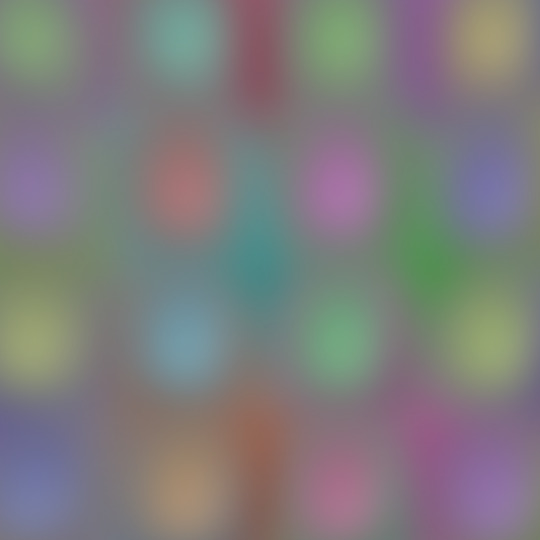
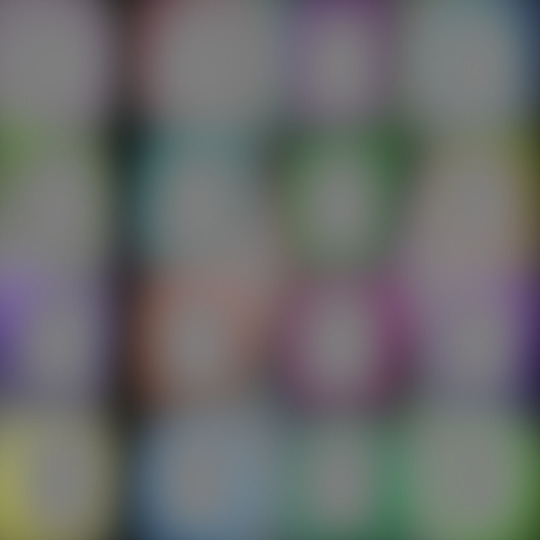
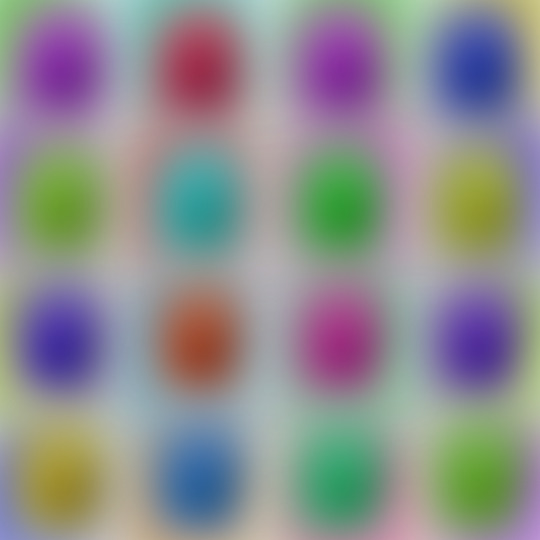
W_NUSS / 150*150 cm / digital graphic series / digital-print / 2017
1 note
·
View note
Photo
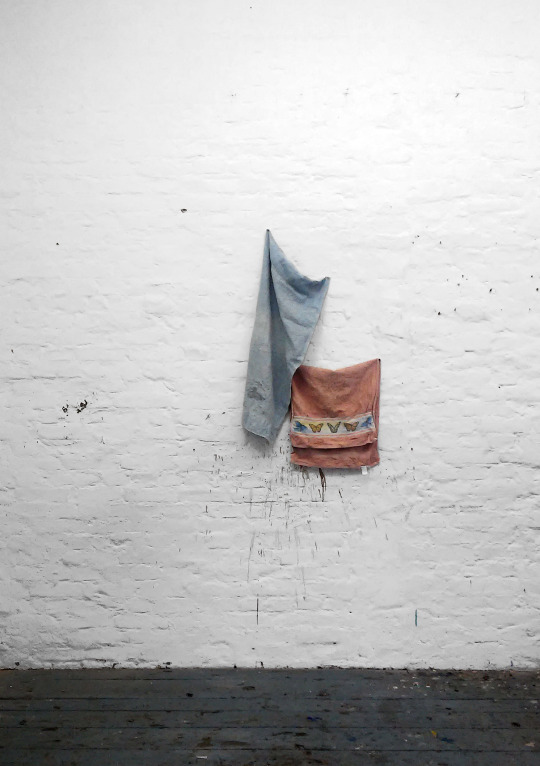
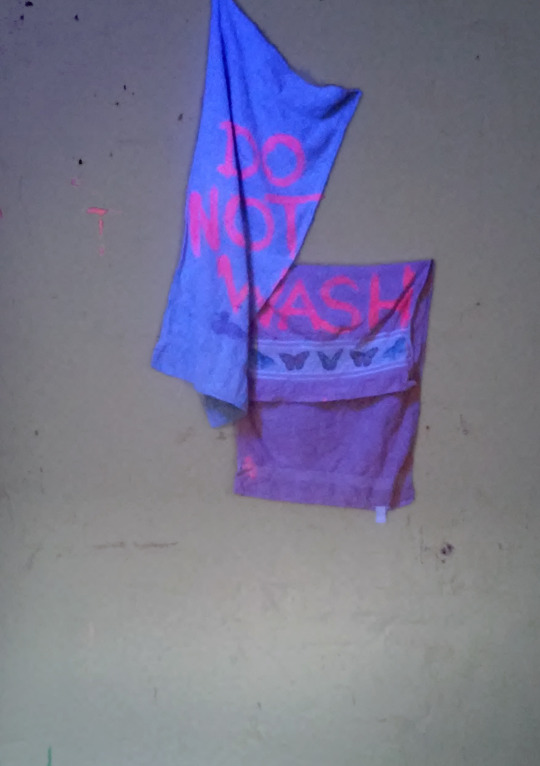
DO NOT WASH / 80*100 cm / transparent glow paint on towel / 2017
“A towel, [The Hitchhiker's Guide to the Galaxy] says, is about the most massively useful thing an interstellar hitchhiker can have. Partly it has great practical value. You can wrap it around you for warmth as you bound across the cold moons of Jaglan Beta; you can lie on it on the brilliant marble-sanded beaches of Santraginus V, inhaling the heady sea vapors; you can sleep under it beneath the stars which shine so redly on the desert world of Kakrafoon; use it to sail a miniraft down the slow heavy River Moth; wet it for use in hand-to-hand-combat; wrap it round your head to ward off noxious fumes or avoid the gaze of the Ravenous Bugblatter Beast of Traal (such a mind-boggingly stupid animal, it assumes that if you can't see it, it can't see you); you can wave your towel in emergencies as a distress signal, and of course dry yourself off with it if it still seems to be clean enough.”
1 note
·
View note